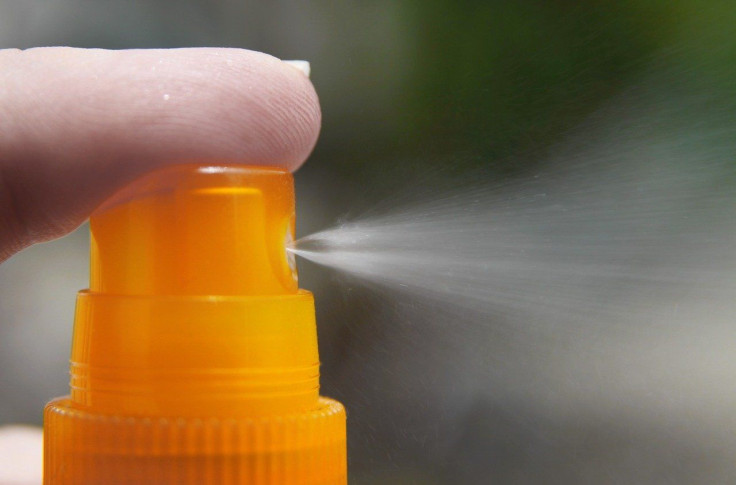What Is Chroming? 13-Year-Old Girl Dies After Inhaling Toxic Chemicals While Trying Viral Trend
KEY POINTS
- It involves inhaling toxic substances for a "quick high"
- Initial side effects of chroming include short-term dizziness and nausea
- Experts warn "inhalant abuse can be a cause of death in young patients"
A 13-year-old girl in Melbourne, Australia, died after inhaling toxic chemicals from a can while attempting the latest drug trend called chroming.
It happened during a sleepover on March 31. Esra Haynes inhaled chemicals from a deodorant can as she was participating in the viral trend. After inhaling the chemicals, Haynes went into cardiac arrest and was on life support for eight days. Later, doctors said "her brain was damaged beyond repair," and her family decided to turn off the machines, Strait Times reported.
Haynes' family is calling for more action to prevent similar deaths from the trend, which involves inhaling toxic substances such as solvents, metallic paints and petrol for a "quick high."
What is chroming?
The term chroming comes from the sniffing of chrome-based paint, according to the National Retail Association. It now commonly refers to the inhalation of dangerous substances that act as depressant drugs.
"Also known as huffing, sniffing or rexing, chroming is a form of volatile substance abuse involving inhaling solvents or other household chemicals to get high," the association added.
The Royal Children's Hospital Melbourne describes chroming as the inhalation of volatile substances/solvents as recreational drugs. People inhale a wide range of products like paint, lighter fluid, glue, aerosol cans, permanent markers, nail polish remover, deodorants, petrol or cleaning agents. While these chemicals facilitate a short-term "high," they eventually slow down brain activity in the central nervous system.
There are various methods of inhaling chemicals, including huffing, bagging and snorting.
- Huffing – Inhaling the substance from a cloth soaked in chemicals through the nose or mouth
- Bagging – Placing the substance in a plastic bag and inhaling the vapors
- Sniffing or snorting – Directly inhaling the toxins from the container
- Spraying – Inhaling the substance by spraying it into the nose or mouth
Side-effects of chroming
Initial side effects of chroming include short-term dizziness, nausea, hallucinations and vomiting, which typically last less than six hours after exposure. It can further lead to seizures, heart attack, suffocation, choking and coma. Such symptoms can cause permanent damage to the brain, heart, liver, kidneys and lungs.
"The highly concentrated chemicals in solvents or aerosol sprays can induce irregular and rapid heart rhythms and lead to fatal heart failure within minutes of a session of prolonged sniffing," the National Institute of Health warns. "This syndrome, known as sudden sniffing death, can result from a single session of inhalant use by an otherwise healthy young person."
Chroming has become a popular trend among Gen Z and is common among people who don't have access to drugs.
A 2018 case report said a 19-year-old died in the Netherlands after inhaling deodorant can to get high.
"Drug abuse by inhalation of volatile household product substances is uncommon, however, it can have devastating consequences," the authors wrote, warning that "inhalant abuse can be a cause of death in young patients."
Toxic inhalants like glue, deodorant can and metallic paints are commonly found in households. Regular inhalant use is linked with higher rates of depression, anxiety disorders and substance abuse, according to the Alcohol and Drug Foundation.

© Copyright IBTimes 2025. All rights reserved.






















